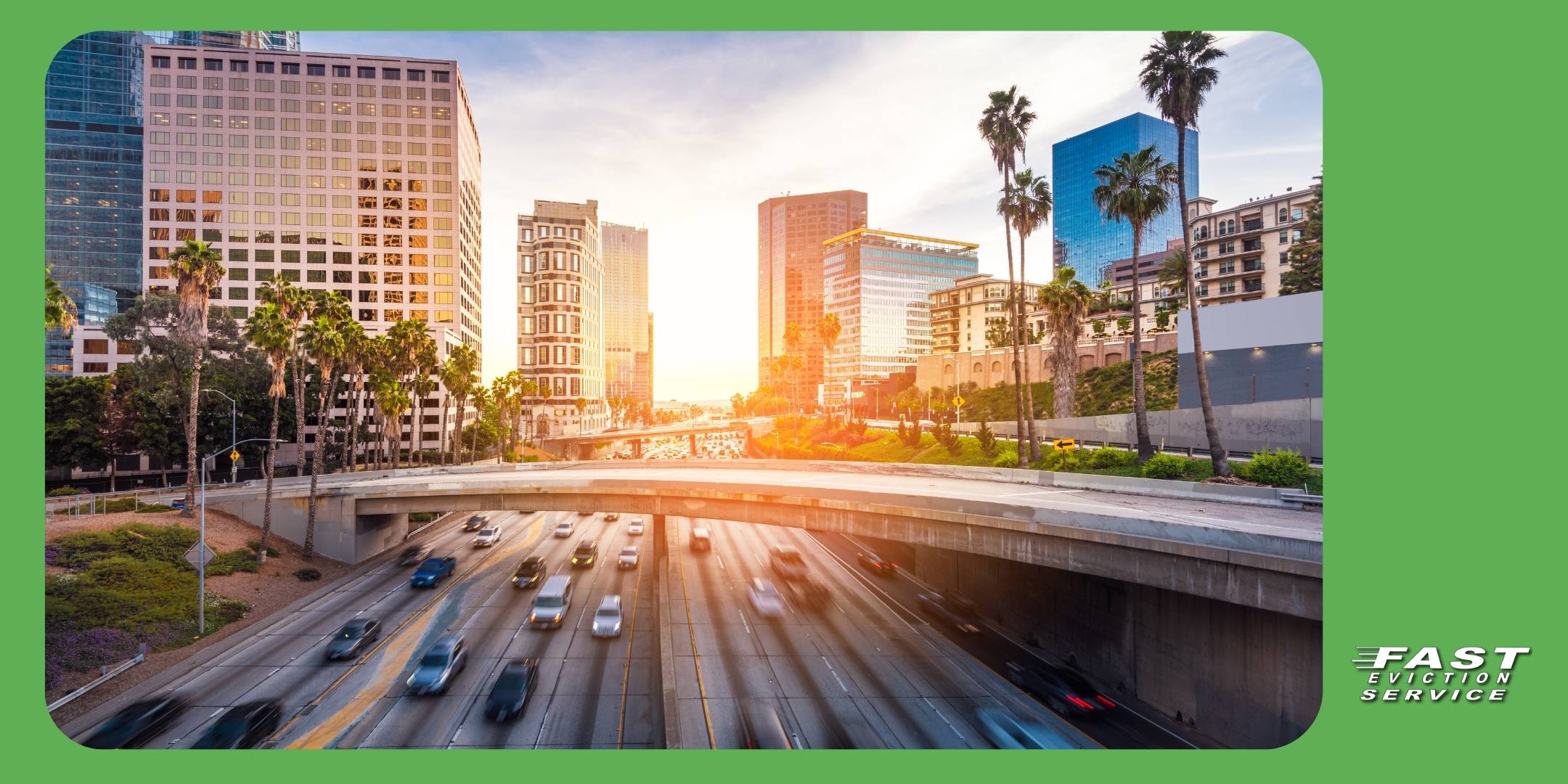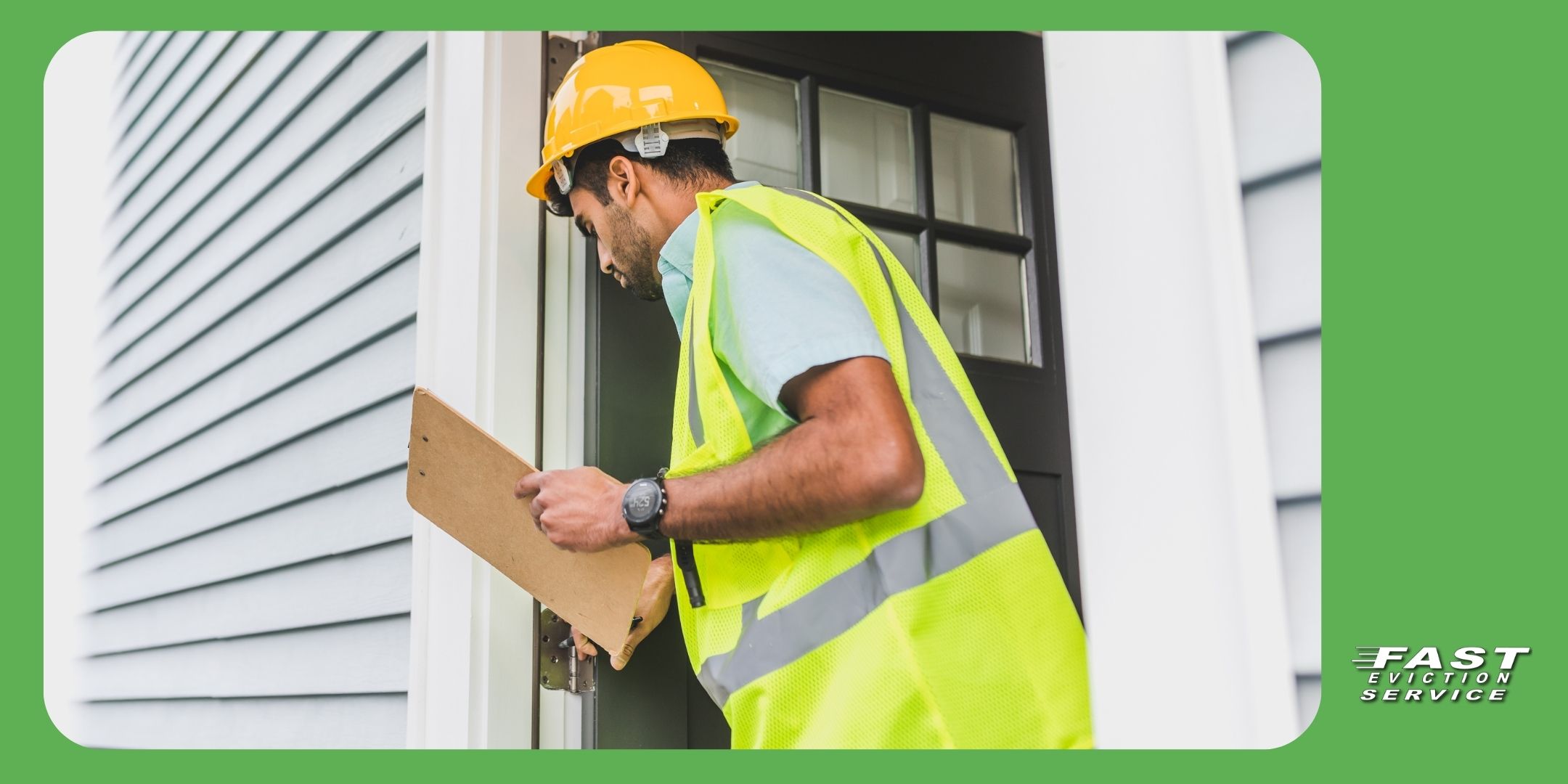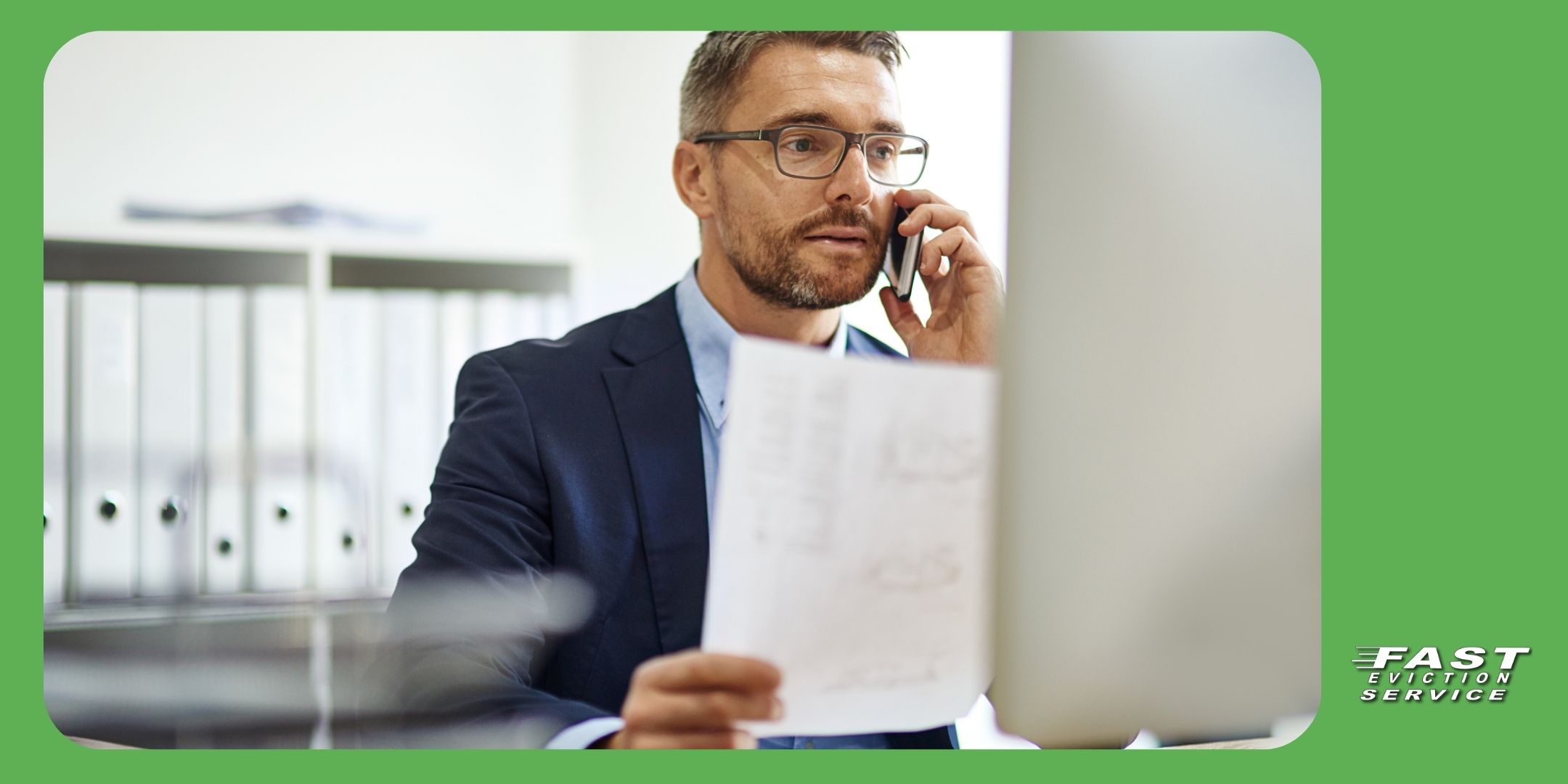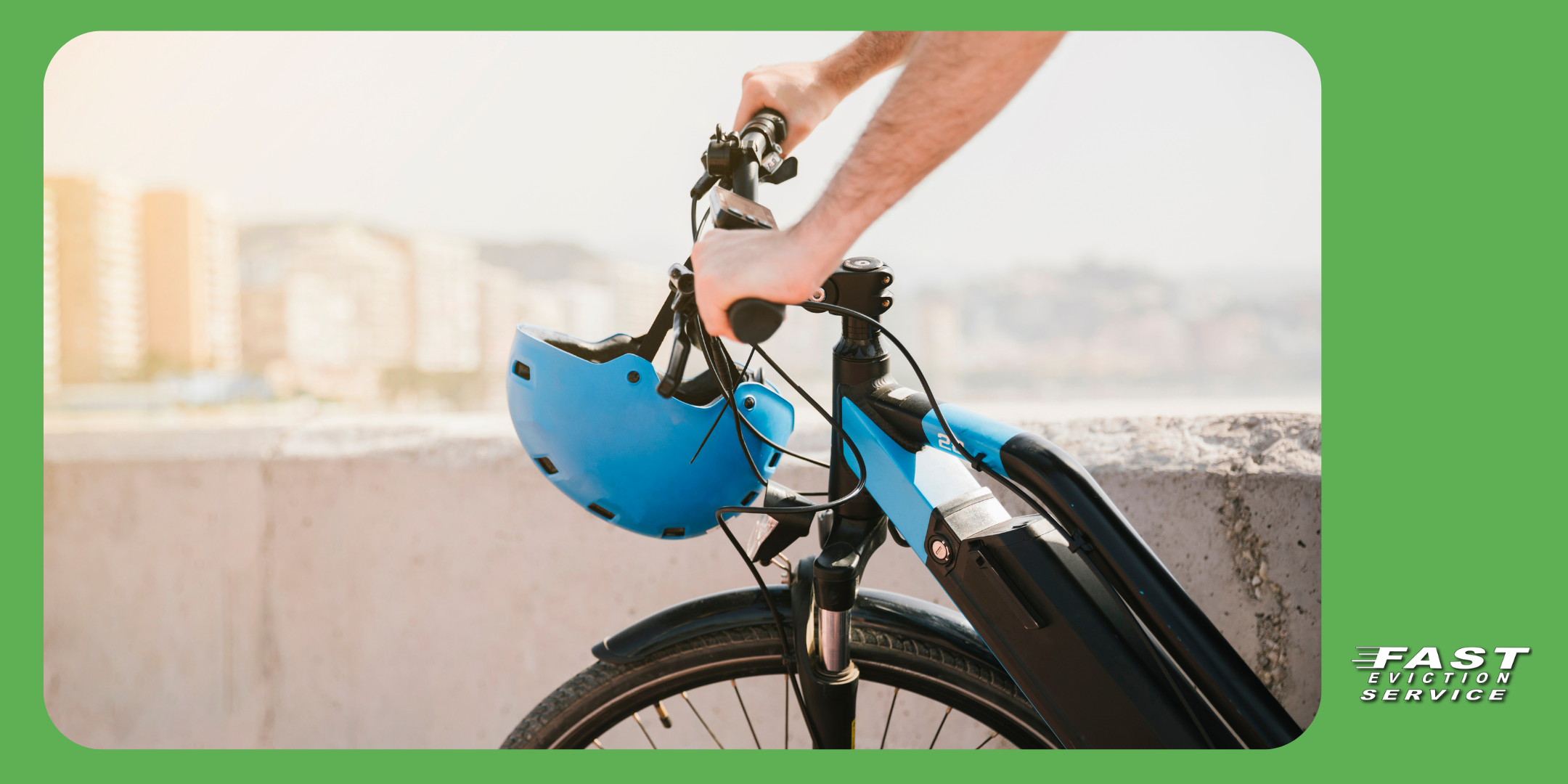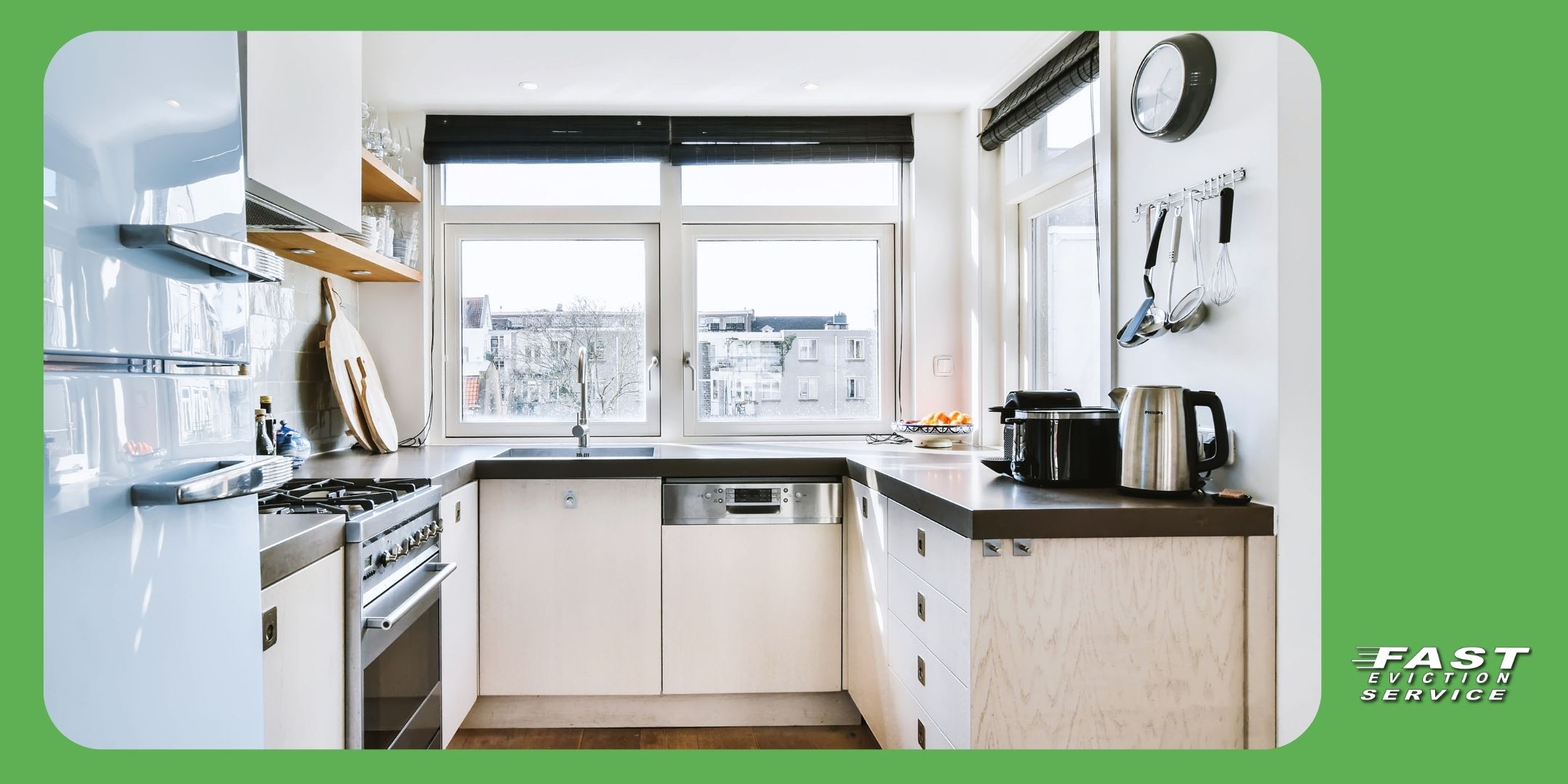Updated 04/02/25
Making your rental property safer isn’t just about locks and cameras—it’s about peace of mind. Whether you’re a landlord looking to protect your investment or a tenant hoping to feel secure in your home, safety should always be a top priority. When you ask, how can I make my rental safer, you’re not just thinking about doors and windows. You’re also thinking about liability, comfort, trust, and long-term success—especially when dealing with difficult tenants who might pose additional risks.
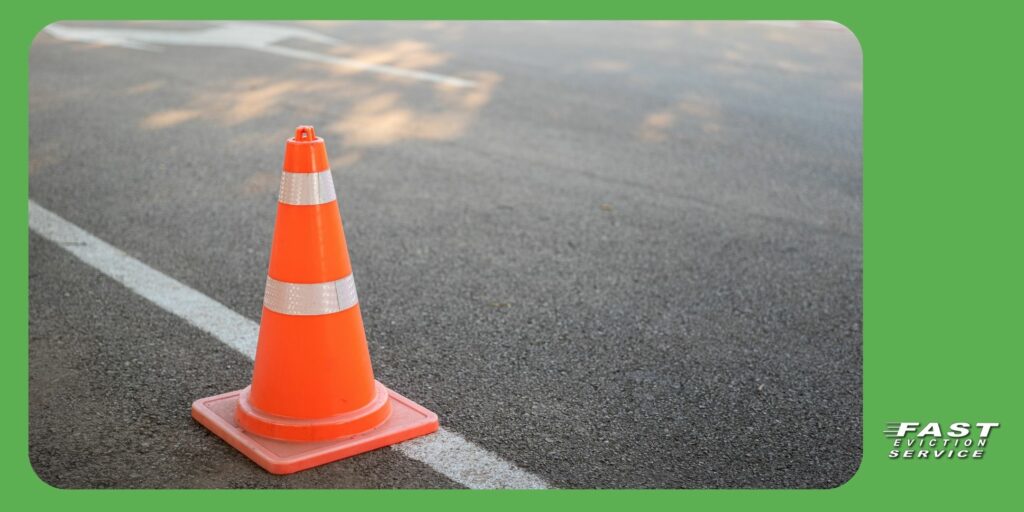
Security is not just a checkbox for compliance. It’s a critical component of your reputation as a landlord and your tenant’s well-being. And let’s be honest—safe rentals attract better tenants. They also reduce turnover, complaints, and even legal headaches. In this guide, we’ll cover practical, affordable ways to improve rental home security, how to communicate about safety upgrades, and how to work with tenants to create safer living conditions for everyone.
Table of Contents
- Why Safety Matters for Tenants in Rental Homes
- Common Security Risks in Rental Properties
- 10 Easy Ways to Improve Safety in Your Rental
- What Your Landlord Should Be Doing to Keep You Safe
- Renter’s Insurance: What It Covers and Why You Need It
- Portable Security Devices Tenants Can Use Legally
- How to Talk to Your Landlord About Safety Upgrades
- Security Features to Look for in a Rental Property
- Tips for Nighttime Safety Around Your Rental
- The Role of a Property Manager in Rental Security
- Frequently Asked Questions
Why Safety Matters for Tenants in Rental Homes
Everyone deserves to feel secure where they live. Tenants are trusting that their home is a safe place to rest, raise families, and store their valuables. For landlords, understanding this responsibility is essential. A property with clear security policies helps build trust between you and your renters.
When tenant safety is compromised, it opens the door to liability issues, tenant dissatisfaction, and even vacancies. Addressing how to make your rental safe from the beginning reduces those risks. Plus, happy tenants often mean stable, long-term leases. This is especially important when navigating situations with difficult tenants. A safer property keeps everyone accountable.
Common Security Risks in Rental Properties
Not all rental properties are created equal. Some come with outdated locks, broken outdoor lights, or poor visibility around entrances. These oversights can create significant vulnerabilities. In some neighborhoods, crime rates may be higher, so security measures must adapt accordingly.
Vacant units, unlocked doors, and damaged windows all attract criminal activity. It’s not uncommon for break-ins to occur simply because of a lack of basic maintenance. To improve your rental home security, identify these risks early during inspections and address them promptly. Keep in mind, even a good tenant may become a safety risk if conflict escalates. Proactive safety features can prevent small issues from becoming dangerous ones.
10 Easy Ways to Improve Safety in Your Rental
So, how can I make my rental safer without breaking the bank? Start with visibility. Outdoor lighting—especially motion lighting for home safety—is a small change that makes a big difference. Walk the property at night and note any dark corners or pathways.
Next, upgrade your locks. Deadbolts and keyless entry systems are now affordable and effective. Reinforce doors with door armor kits. Install window locks or add bars if needed—especially on basement or ground-floor windows.
Maintaining smoke detectors is not just wise—it’s often the law. Smoke detector laws for tenants vary by state, but in most cases, landlords must ensure they are functional before move-in and checked regularly.
Adding video doorbells, improved fencing, and trimmed landscaping also boosts security. These changes signal to tenants—and potential intruders—that you take safety seriously. Consider conducting seasonal property inspections using a tenant safety checklist to spot issues before they grow.
What Your Landlord Should Be Doing to Keep You Safe
Tenants, you have rights when it comes to safety. Your landlord is responsible for providing a habitable and secure space. That includes maintaining locks, windows, lighting, and fire safety devices. If these aren’t in working order, document the issues and notify your landlord in writing.
Landlords should also screen tenants carefully to reduce tension and avoid housing those who may pose a threat to neighbors. In addition, it’s good practice to include property management security advice in your rental manuals or lease agreements, so tenants know what steps you’ve taken to protect them.
Addressing safety can even make it easier to resolve disputes with difficult tenants. When expectations are clearly documented, there’s less room for drama.
Renter’s Insurance: What It Covers and Why You Need It
Many tenants assume the landlord’s insurance will cover their belongings. That’s a costly misunderstanding. Renter’s insurance protects personal property from theft, fire, and water damage. It also offers liability protection in case someone is injured in the unit.
Landlords, consider making renter’s insurance a requirement in your lease agreement. It encourages tenant accountability and creates a backup layer of financial protection in emergencies. For tenants unsure where to start, look for simple renter’s insurance tips online or through your landlord’s recommended providers.
Portable Security Devices Tenants Can Use Legally
Tenants often ask, “What if my landlord won’t make safety upgrades?” Thankfully, there are many portable security devices for rentals that are easy to install and remove. Items like door alarms, window sensors, and battery-powered cameras can increase peace of mind without violating the lease.
In fact, some tenants use these devices not only for security, but to document unusual activity when dealing with a difficult neighbor or roommate. Just make sure you’re not altering the property permanently or violating privacy laws.
Landlords can even recommend certain devices to renters as part of your rental home security tips. This shows collaboration and commitment to tenant safety.
How to Talk to Your Landlord About Safety Upgrades
If you’re a tenant concerned about safety, don’t wait for something to go wrong. Approach your landlord respectfully, with specific suggestions backed by a tenant safety checklist. It’s easier to get approval if you provide a clear benefit, such as lower insurance risks or tenant retention.
For landlords, listening to these requests and responding promptly builds goodwill. Even if the improvement isn’t immediately feasible, communicate your plan. Working with your landlord for safety shouldn’t feel like a confrontation—it should feel like a team effort.
Security Features to Look for in a Rental Property
Whether you’re a tenant searching for a new home or a landlord rehabbing a unit, it helps to know which security features add real value. Look for solid-core doors, quality deadbolts, well-lit parking areas, gated entries, and maintained smoke or CO2 detectors.
Don’t overlook neighborhood crime reports. Safety isn’t just inside the property—it’s around it, too. Including this information in your property listing can help you stand out from competitors.
For landlords, securing a rental property in advance saves time and resources. It can also help prevent renting to tenants who might exploit a lack of oversight.
Tips for Nighttime Safety Around Your Rental
The dark can be dangerous, but many nighttime threats are preventable. Encourage tenants to use exterior lights, keep blinds closed, and stay aware of surroundings when coming home late. Trim overgrown shrubs that block walkways or windows.
Motion lighting for home safety is especially helpful. It deters trespassers and alerts tenants to movement outside. Encourage tenants to park in well-lit areas and always lock their vehicles.
For landlords, checking exterior lighting monthly is an easy habit that pays off in both safety and tenant satisfaction.
The Role of a Property Manager in Rental Security
A good property manager knows that safety is more than a maintenance issue—it’s a strategic one. Property managers handle inspections, respond to tenant complaints, and coordinate upgrades, making them essential to your rental security plan.
They also help mediate conflict when tenants disagree about safety expectations or when a tenant’s behavior becomes disruptive. Property management security advice includes setting policies, documenting inspections, and making sure vendors are licensed and bonded.
If you’re a landlord managing multiple units or dealing with difficult tenants, hiring a property manager can dramatically reduce your stress and liability.
Frequently Asked Questions: How Can I Make My Rental Safer?
What’s the first step to make a rental property safer?
Start with lighting and locks. These are easy, affordable changes that make an immediate impact on safety.
Can tenants install their own cameras or alarms?
Yes, as long as they are non-invasive and don’t alter the structure. Tenants should always ask permission before installation.
How does renter’s insurance help with safety?
It protects tenants from theft, liability, and damages, and it helps landlords avoid disputes after an incident.
What if my landlord won’t make the safety upgrades I requested?
Communicate in writing, document all concerns, and check your local tenant rights laws for next steps.
Are property managers responsible for security?
Yes, in most cases. They handle inspections and can be your first point of contact when safety concerns arise.

